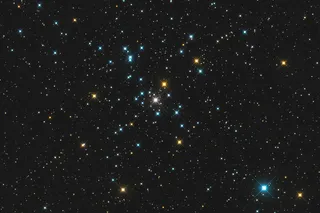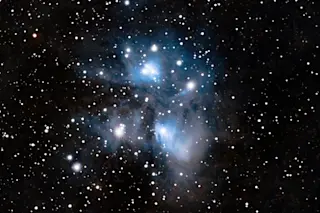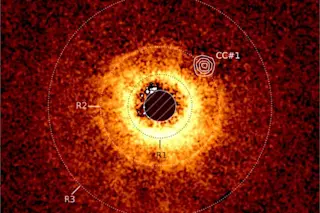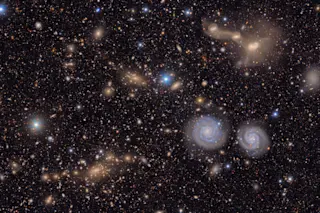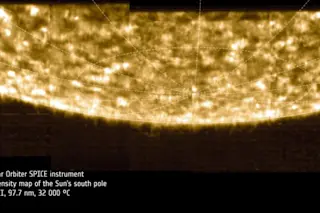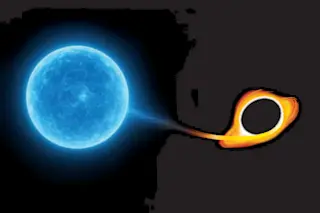The 20th of this month marks the vernal equinox, a day of reassuring constancy. At this time each year, everyone in the world sees the sun rise due east, provide 12 hours of daylight, then set due west to usher in 12 hours of night.
The more closely astronomers examine the sky, however, the more they see not constancy but variation. Sunlight is unsteady, it turns out, and starlight is unsteady too. The glow from remote galaxies abounds with additional forms of variability. Now researchers are struggling to quantify the changes and to uncover meaningful patterns within them. Their answers may reveal the future of our planet and even the destiny of the universe.
Take the sun. Satellite measurements show that its seemingly steady brightness rises and falls over an 11-year cycle. The change is small—about 0.1 percent—but other, longer-term shifts in solar output seem to correlate with noticeable shifts ...



